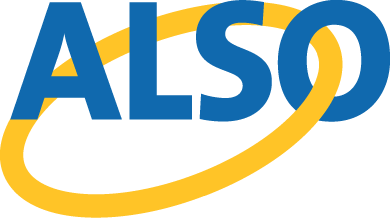Building Community to Explore Safety and Advocacy
In late June, ALSO convened a group of grantees funded by the Department of Justice Office on Violence Against Women’s Consolidated Youth Program, in partnership with Building Comprehensive Solutions to Domestic Violence (BCSDV).* The two-day discussion was primarily led by Jill Davies, director of BCSDV, with support from ALSO and partner organization Break the Cycle.
The convening was designed to build the community and foundational framework necessary to expand an understanding of adult and child victim safety – all for the purpose of enhancing the work of Consolidated Youth Program grant projects and supporting victim-defined responses.
The group explored themes of victim-defined advocacy and the differences between victims’ perspectives on safety and the views of safety commonly held by many in the field. Advocate-defined solutions for safety, focused on physical safety and leaving abusers, sometimes exclude other methods victims use to keep themselves safe. For example, many survivors of violence are not safer if they leave. Thought-provoking exchanges occurred about both the layers of increased complexity when children’s safety is at issue, and the role of advocates regarding partners who use violence. A focus on victim perspectives reorients advocate priorities toward efforts to reduce violence.
Consideration of advocacy environments led to ideas about what advocates need to best support safety for adults and children. Participants shared strategies both to reduce stress for advocates and survivors of violence and to preserve a safety enhancing and victim-defined focus, even in the face of challenges raised by policies such as mandated reporting.
Conversations were grounded in Davies’ view that the field is at a key moment in its evolution and that victim-defined advocates will play an essential role in the next innovations. She observed that thirty years ago, advocates and survivors of violence created the domestic violence field and that, today, a more diverse group of advocates have the power to change it.
Participant feedback will shape the next steps of this learning community focused on becoming increasingly victim-defined. Future engagements will take place virtually and in-person and will offer practical guidance, issue analysis, critical thinking, and ideas for systemic and social change.
Reflections from participants:
- This was one of the best educational experiences I have had in a long time. I think that it is important to keep the group connected.
- [A] piece that I continue to think about is client [sic] defined advocacy, advocate defined advocacy, and service defined advocacy. Coworkers and myself have had conversations about this since my return, as I have noticed that what people believe are client defined practices have actually been some advocate defined practices.
- I really enjoyed how the learning community was presented and facilitated. I felt supported and encouraged to talk throughout the process and felt that the environment was a safe place to have many differing views and conversations...[I]t was so helpful and left a huge impact on my upon returning to work.
* BCADV is a key initiative of the National Resource Center on Domestic Violence funded by the U.S. Department of Health and Human Services), to explore the advocacy field’s approach to safety for adult and child victims of domestic violence.

